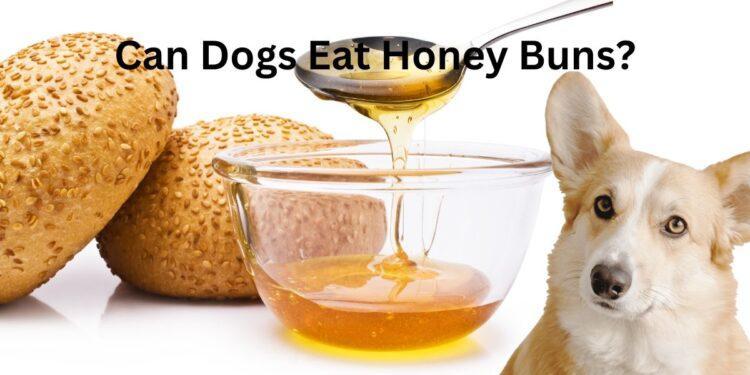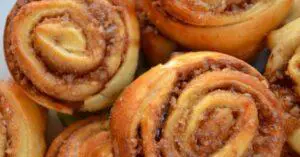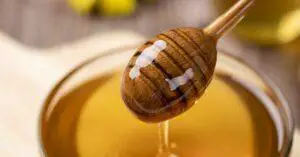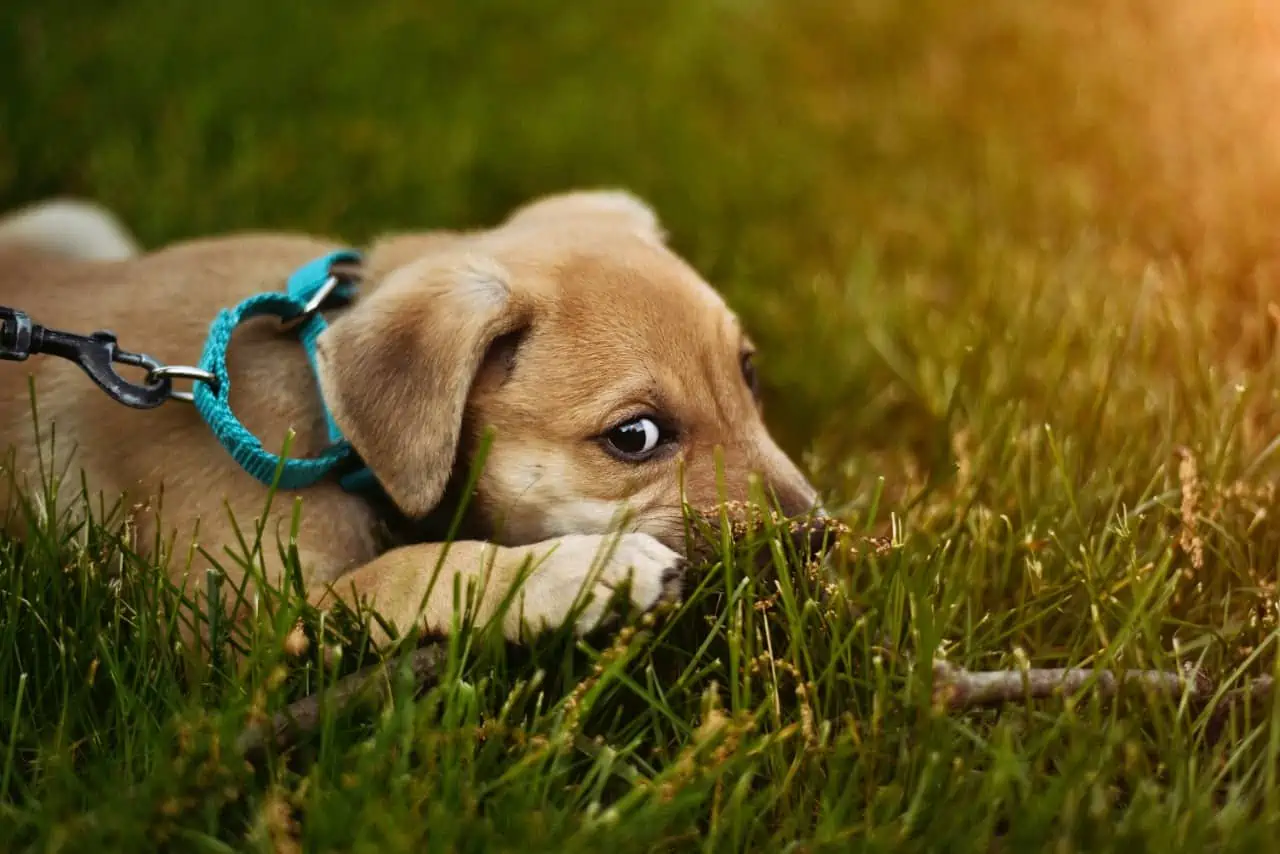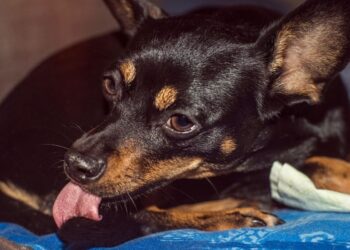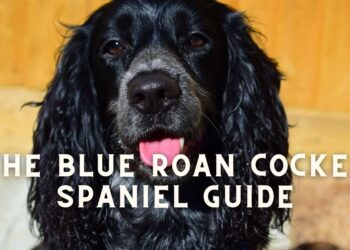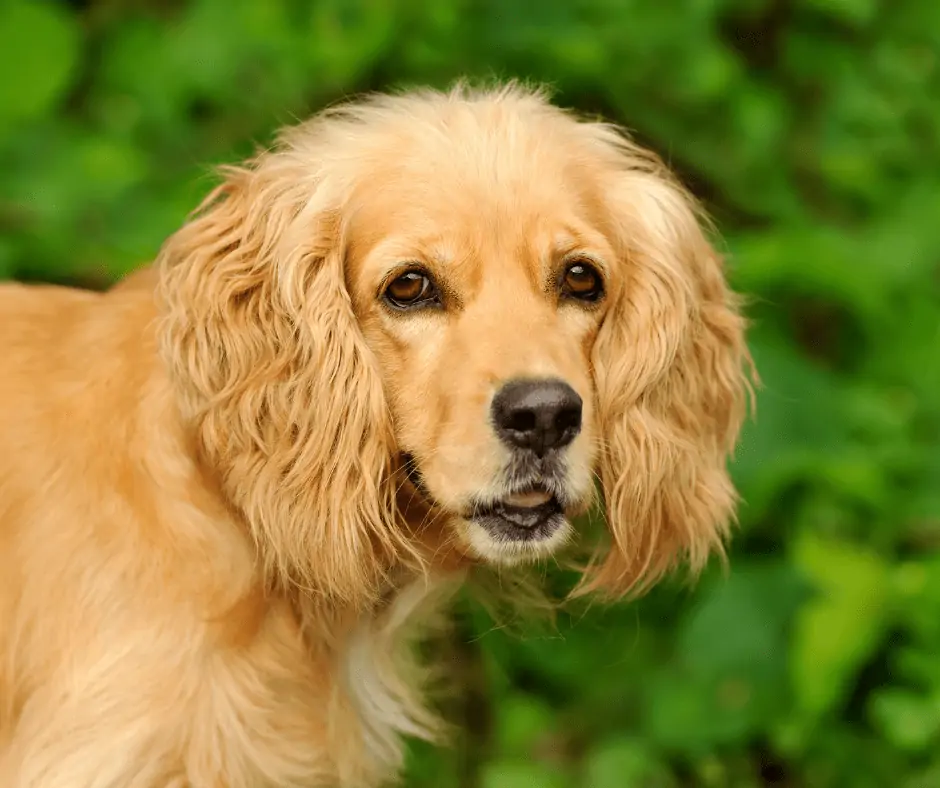Unfortunately no. Honey buns are filled with lots of calories, carbohydrates and an intense amount of sugar which will lead to detrimental effects on the canine’s digestive system. So, no matter how much your beloved fur baby taps you or drools on the sight of these sweet calorie-rich human feed avoiding their puppy eyes is the better choice.
To know more, keep on reading till the end.
Table of Contents
- 1 Are Honey Buns Safe for Canine Consumption?
- 2 Why can’t dogs have Honey Buns?
- 3 What would happen if my dog consumed honey buns accidentally?
- 4 My Dog Ate Honey Buns, What Should I do?
- 5 How much Honey Buns can I offer to my dog?
- 6 Can I feed Honey Buns to a Puppy?
- 7 What are some better alternatives to Honey Buns for Dogs?
Are Honey Buns Safe for Canine Consumption?
Well, even though these sweet buns are not completely toxic for dogs, pet parents should still steer clear from this particular human food. Given the toppings, long term consumption of honey buns in canine can risk their exposure to many acute and chronic health conditions, that the pup may or may not recover from later on.
Apart from that, while the extreme sweetness may satisfy your dog’s sweet tooth, it may also lead to an increase in the amount of tapeworms within their body. This in turn can turn pretty bad and uncomfortable for the little Fido.
Why can’t dogs have Honey Buns?
Below we will be focusing on criteria that makes the food a not so good choice for dogs. So, read the details carefully.
Exposure to high amounts of Sugar
Just as their name suggests, honey buns come especially coated with creamy, delicious honey layers. So by this only you can determine how immensely sweet the buns are for administration in canines.
Not only that, but many bakers also add cheaper substitutes of sugar, like artificial sweeteners and heavily processed sugars. Unlike the original form, these processed forms get instantly absorbed by the pooch’s bloodstream, spiking up their blood sugar levels to an all-time high.
To meet this sudden increase in the sugar content, their little bodies start immediately converting the components into finer particles and storing them as fats for future use. This in turn increases the risk of exposure to canine obesity, diabetes, failure of the hepatic metabolism, bad oral hygiene, cavities, etc.
Packed with too much empty calories
Just like we covered earlier, honey buns are made up of wheat flour, processed sugar and preservatives. These all elements do nothing to fill the required nutrition quota but simply keep on stacking the canine’s calorie levels. Thus at the end, you get a pooch that is filled with boundless energy (temporary) and nothing more.
Saturated fats
While saturated fats are safe for canine consumption, there is a limit to it. You can’t just expect to offer an overdose of these compounds and expect nothing bad to occur.
Consuming intense amounts of saturated fats will lead to a severe dip in the overall levels of the ‘good cholesterol’ which is never good. This condition will lead to severe mood swings in the canine, heightened exposure to cancer, hemorrhagic stroke and even more severe conditions like depression.
Moreover, the dip in good cholesterol will also automatically raise the amount of bad cholesterol in their bodies. Thus the pooch may suffer from cardiovascular diseases, obesity, failing organs, convulsive seizures, etc.
Artificial Preservatives and Raisins
Probably the most toxic of all other ingredients, if the buns are composed of artificial preservatives and raisins, then never and I repeat NEVER offer them to your dog. Unlike the above stated elements, consumption of these two alone can send your fur baby’s body into an overdrive, requiring you to seek emergency vet care.
And while smaller quantities may not seem to affect the pooch initially, they will definitely rise into worse health conditions. So, why risk your canine’s health when there are a lot of other healthier options you can choose from.
What would happen if my dog consumed honey buns accidentally?
The final result depends upon the amount of intake. Honey buns in tiny amounts are nothing much to be worried about, but depending upon your pup’s age, existing health condition and predisposition to diabetes, the case can swiftly turn into a much darker side.
Some of the most commonly reported side effects include:
- Increased heart rate
- Bloated stomach
- Low blood pressure
- Extremely high sugar level in blood
- Respiratory issues
- Uncontrollable and uncoordinated bowel movement
- Diarrhea/Constipation
- Vomiting
- Nausea
- Poor dental hygiene
- Bad cases of cavities, weak teeth and gums
- Seizures, etc
My Dog Ate Honey Buns, What Should I do?
The wise option here will be to not panic and take your pup to the local clinic. Honey buns if consumed by an adult dog that too in tiny amounts
How much Honey Buns can I offer to my dog?
Even though we strongly disagree with the administration of honey buns, if your vet has no problem with such an act, then you can go ahead. On an average you can offer tiny pieces of these sweet buns safely to your dog. But be extra mindful of their size.
Here is a detailed breakdown of how much honey buns you can feed to your pup based upon the size variations.
| Canine Breed Size | Honey Buns Consumption |
| Tiny/Miniature | One small sized honey bun, usually once every two weeks |
| Small | One medium-sized honey bun, once a week |
| Medium | Two honey buns, once or twice a week |
| Large | Two/Three honey buns, once or twice a week |
| Giant | Two/Three honey buns, once or twice a week |
NOTE- This data is accumulated from the reviews of many pet parents from online forums, surveys, and reports. So, if you are wondering the right amount of honey buns that you can feed to your canine, it is better to get in touch with a qualified and experienced veterinarian. Additionally interested pawrents can also consult with a canine nutrition specialist as they are more cut out for the task.
Can I feed Honey Buns to a Puppy?
NO, DEFINITELY NOT!!!!
Puppies aging 6 months or less should never be given honey buns or similar extremely sweetened human food. As they are literally growing at the time, their organs aren’t fully matured to fully handle the consequences of the sudden rise in their blood sugar levels. The puppy will most
So, if the puppy manages to eat even a few tiny pieces of these buns, there is a high chance that they may either vomit or have bloody diarrhea, within a few hours. In extreme cases, the pup may lose its muscular coordination, fall unconscious or have violent seizures that may also lead to a fatal stroke.
Thus, why risk your pup’s overall quality of life when there are plenty of finer and safer options out there.
What are some better alternatives to Honey Buns for Dogs?
If you are looking for healthier snacks for your dogs, you can try:
Dog Safe Fried Rice
For this you will require:
- 1-1.5 cups brown rice
- 1 tablespoon olive oil
- Ground turkey/chicken/beef/lamb
- 2 cups of Baby spinach, chopped
- 2 shredded carrots
- 1 shredded zucchini
- ½ cup peas
Recipe:
- Once everything is ready, take a large saucepan and cook the brown rice as per their normal cooking style.
- Simultaneously take another pot and set it on medium flame. Pour the olive oil onto it, followed by the ground turkey. Depending upon your canine’s taste preferences, you can also go with other meat types.
- Let the contents heat and then cook it until golden brown. Make sure to gently crumble the meat pieces while cooking it on medium flame.
- Add the shredded peas, spinach, zucchini and saute for 2-3 minutes.
- Later complete the process by adding the cooked mixture onto the large saucepan with cooked brown rice in it. Swerve the contents until they are fully mixed and let them cool down completely.
- Based upon how much you have cooked you can then separate them into different servings and store in a deep fridge. So the next time your pooch is hungry, you can then reheat the contents and serve them this healthy dish.
NOTE- Never store cooked dishes for long in refrigerators. On an average cooked dishes stay good only for 2-3 days and thus anything more than that should be completely discarded.
Dog-Friendly Bone Broth Recipe
Although time-taking, this recipe is highly rewarding for your beloved canine when offered in the right amounts. So, to make this you will need:
- 3 to 4 pounds of raw bones with marrow (chicken, turkey, beef, rabbit, pork or oxtail)
- Sliced ginger roots
- 2 ounces of chopped parsley
- Shiitake mushrooms 2 ounces
- Chopped stalks celery, 2 ounces
- ¼ cup raw apple cider vinegar
Recipe:
- Wash the raw bones thoroughly and at least for 2-3 times under running water. Next boil the raw bones for 10 minutes with enough water and re-wash the contents for ensuring there is no more dust or dirt sustained anywhere.
- Cut out any dirty pieces that may be on the bone using a kitchen knife or meat cutter.
- Pour all the ingredients into a large soup pot/slow cooker and cook on low flame settings continuously for 12-24 hours. If you are using an instant pot, the same should be done for 3-4 hours until the bones are a little bit softer.
- Let the contents settle and cool down.
- Once done, use a filter to trap and discard any of the bones or pieces that may risk a choking hazard.
- Refrigerate the bone broth for a few hours. This will allow the insoluble fat to rise up. You can then skim the fat and discard it as these are very unhealthy.
- The bone broth is now ready for canine consumption.
For more healthier and canine-safe snack and dishes recommendations, do check out:
7 Vet Recommended Easy Homemade Food for Cocker Spaniels
Reference:
- carbmanager.com/food-detail/md:1b080ae505935582e67b4e6034bde610/honey-bun
- eatthismuch.com/food/nutrition/honey-buns,439141/
If you are a dog lover then, Subscribe to our weekly newsletters. No Spams!
